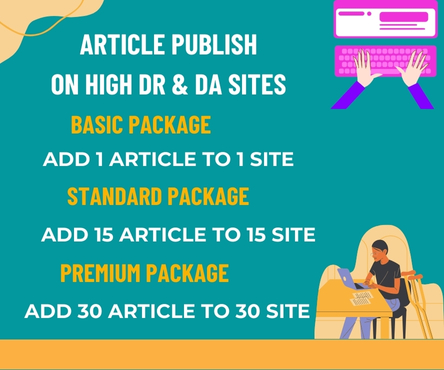In the digital age, web design development has become a crucial aspect of creating an online presence. As businesses and individuals strive to establish their brands on the internet, understanding the principles of effective web design is more important than ever. This article explores the evolution of web design development company current trends, and best practices to create engaging and user-friendly websites.
The Importance of Web Design
Web design is not just about aesthetics; it encompasses the overall functionality and user experience of a website. A well-designed website can significantly impact a business’s success by enhancing user engagement, improving search engine rankings, and increasing conversion rates. In contrast, a poorly designed website can drive potential customers away, leading to lost opportunities.
The Evolution of Web Design
1. Early Days: Static Websites
In the early days of the internet, websites were primarily static, consisting of simple HTML pages with minimal interactivity. Designers focused on basic layouts and text, often resulting in a lack of visual appeal. As technology advanced, the need for more dynamic and engaging websites became apparent.
2. The Rise of CSS and JavaScript
The introduction of Cascading Style Sheets (CSS) and JavaScript revolutionized web design. CSS allowed designers to separate content from presentation, enabling more sophisticated layouts and styles. JavaScript introduced interactivity, allowing for features like image sliders, form validation, and dynamic content updates. This era marked the beginning of more visually appealing and user-friendly websites.
3. Responsive Design
With the proliferation of mobile devices, responsive web design emerged as a critical trend. Designers began to create websites that adapt to various screen sizes and resolutions, ensuring a seamless user experience across devices. This approach not only improved accessibility but also positively impacted search engine optimization (SEO), as search engines favor mobile-friendly sites.
4. The Shift to User-Centric Design
In recent years, the focus of web design has shifted towards user-centric design principles. Understanding user behavior and preferences has become essential for creating effective websites. Designers now prioritize usability, accessibility, and user experience (UX) to ensure that visitors can easily navigate and interact with the site.
Current Trends in Web Design Development
1. Minimalism
Minimalist design continues to dominate the web design landscape. By eliminating unnecessary elements and focusing on essential content, designers create clean and uncluttered interfaces that enhance user experience. This trend emphasizes simplicity, allowing users to find information quickly and easily.
2. Dark Mode
Dark mode has gained popularity as more users prefer a darker interface for its aesthetic appeal and reduced eye strain. Many websites now offer a dark mode option, allowing users to switch between light and dark themes based on their preferences.
3. Microinteractions
Microinteractions are subtle animations or design elements that provide feedback to users during their interactions with a website. These small details, such as button hover effects or loading animations, enhance the overall user experience by making the site feel more responsive and engaging.
4. Voice User Interface (VUI)
As voice-activated devices become more prevalent, integrating voice user interfaces into web design is becoming increasingly important. Websites that support voice commands can improve accessibility and provide a more convenient experience for users.
Best Practices for Web Design Development
1. Prioritize User Experience
Always keep the user in mind when designing a website. Conduct user research to understand your target audience’s needs and preferences. Create intuitive navigation, clear calls to action, and a logical layout to enhance the overall user experience.
2. Optimize for Speed
Website loading speed is crucial for retaining visitors. Optimize images, minimize code, and leverage browser caching to ensure your site loads quickly. A fast-loading website not only improves user experience but also positively impacts SEO.
3. Ensure Mobile Compatibility
With a significant portion of web traffic coming from mobile devices, ensure your website is fully responsive. Test your site on various devices and screen sizes to guarantee a seamless experience for all users.
4. Focus on Accessibility
Design with accessibility in mind to ensure that all users, including those with disabilities, can navigate and interact with your website. Use alt text for images, ensure sufficient color contrast, and implement keyboard navigation options.
5. Keep Content Fresh
Regularly update your website with fresh content to keep users engaged and improve SEO. Consider incorporating a blog, news section, or user-generated content to encourage repeat visits.
Conclusion
Web design development is an ever-evolving field that requires a keen understanding of user needs and technological advancements. By staying informed about current trends and adhering to best practices, designers can create websites that not only look great but also provide a seamless and engaging user experience. As the digital landscape continues to change, embracing innovation and prioritizing user-centric design will be key to success in web design development. https://www.digitalpixeltech.ca/

